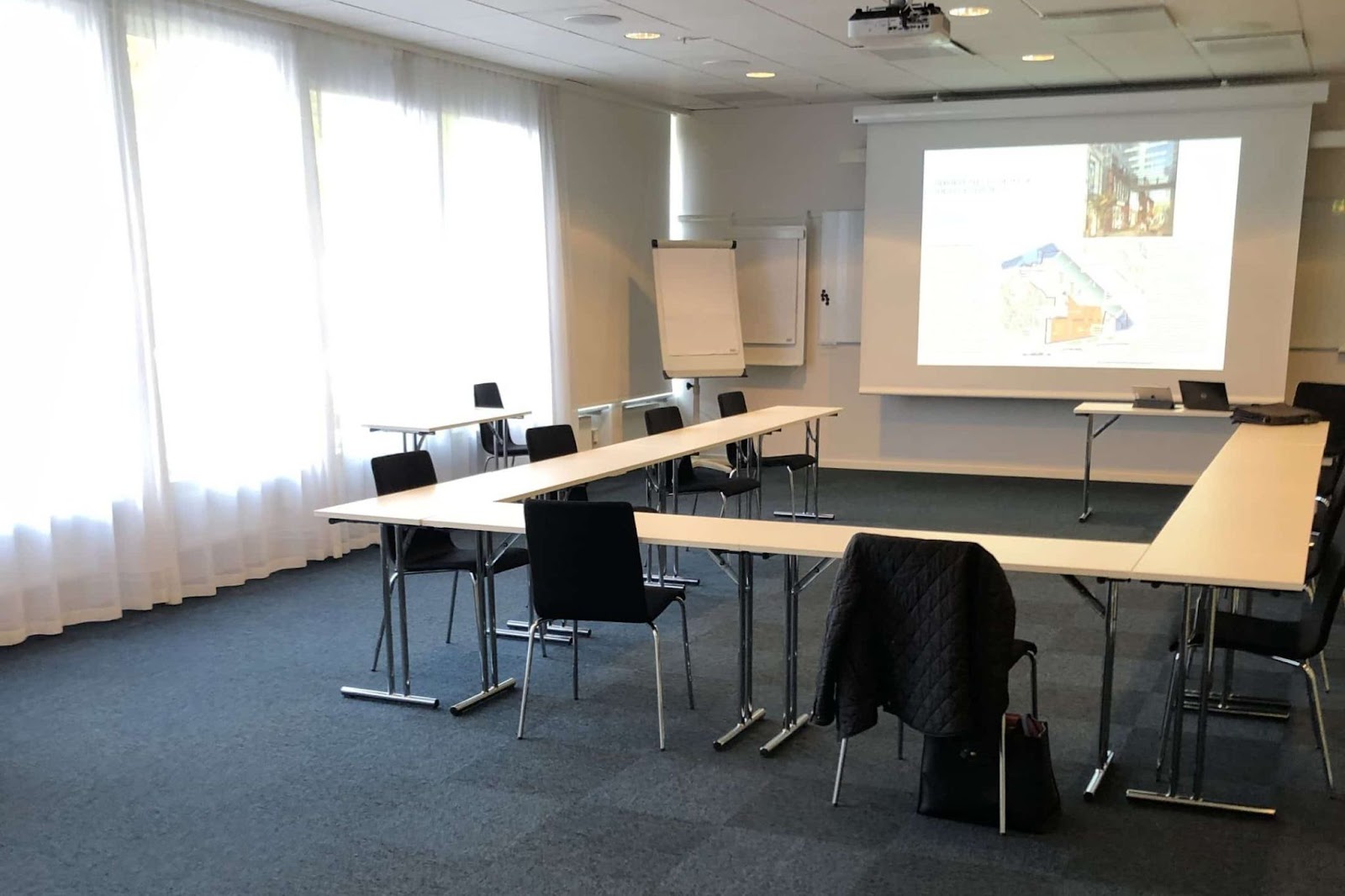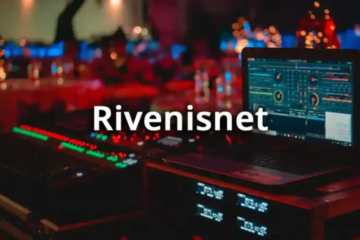Corporate retreats are more than just a break from the office. They offer a unique opportunity for teams to bond, reflect, and align on future goals. When planned effectively, these retreats can rejuvenate your team, spark creativity, and strengthen company culture.
The Importance of Corporate Retreats
Corporate retreats serve multiple purposes: they boost morale, encourage teamwork, and provide a space for strategic thinking. They can also help employees feel valued and appreciated, which is essential for maintaining high levels of engagement and productivity.
Defining Goals and Objectives
Before diving into the logistics, it’s crucial to define the retreat’s purpose. Are you aiming to foster team unity, develop new strategies, or reward employees for their hard work? Clear objectives will guide your planning process and ensure that every aspect of the retreat aligns with your goals.
Choosing the Perfect Location
The venue sets the tone for your retreat. It should be accessible yet offer a sense of exclusivity and escape.
Balancing Accessibility and Exclusivity
Choose a location that is easy to reach but feels like a getaway. This balance ensures that participants can arrive without hassle while still enjoying the benefits of a retreat-like atmosphere.
Evaluating Venue Amenities and Services
Assess the amenities and services offered by potential venues. Ensure they have the necessary facilities for both work and leisure activities. On-site accommodations, meeting spaces, and recreational facilities are key considerations.
Incorporating Natural Surroundings
Natural surroundings can significantly enhance the retreat experience. Whether it’s a beachside resort or a mountain lodge, nature provides a refreshing backdrop that can inspire creativity and relaxation.
Planning Activities and Workshops
Activities and workshops should be engaging and aligned with your retreat’s goals.
Aligning Activities with Corporate Goals
Plan activities that reinforce your retreat’s objectives. If team-building is a priority, include collaborative challenges and problem-solving exercises. For strategic planning, organize workshops that focus on goal setting and innovation.
Team-Building Exercises and Icebreakers
Start with icebreakers to warm up the group and then dive into more intensive team-building exercises. These activities help break down barriers and foster a sense of camaraderie.
Professional Development Workshops
Incorporate workshops that offer professional growth opportunities. Sessions on leadership, communication skills, and industry trends can be both informative and motivating.
Creating a Balanced Schedule
A well-balanced schedule combines work, leisure, and downtime.
Combining Work and Leisure
Ensure there’s a mix of productive sessions and leisure activities. This balance keeps participants engaged and prevents burnout.
Planning Downtime and Relaxation
Include ample downtime for relaxation and informal interactions. Unstructured time can be just as valuable as scheduled activities, providing opportunities for spontaneous networking and reflection.
Scheduling for Maximum Engagement
Plan your schedule to maintain high energy levels. Start with high-impact activities in the morning and leave room for relaxation and socializing in the evening.
Ensuring Smooth Logistics
Smooth logistics are crucial for a stress-free retreat.
Transportation and Accommodation Arrangements
Organize transportation and accommodation early. Ensure everyone knows the travel arrangements and provide clear instructions for arrivals and departures.
Coordinating with Vendors and Suppliers
Work closely with vendors and suppliers to ensure all aspects of the retreat run smoothly. Clear communication and detailed planning can prevent last-minute hiccups.
Handling Dietary Restrictions and Preferences
Catering should accommodate all dietary restrictions and preferences. Providing a variety of options ensures everyone is well-fed and satisfied.
Enhancing the Experience with Technology
Leverage technology to enhance the retreat experience.
Utilizing Event Management Software
Use event management software to streamline planning and execution. These tools can help with scheduling, communication, and feedback collection.
Incorporating Virtual and Augmented Reality
Consider incorporating VR and AR for interactive and immersive experiences. These technologies can make workshops and presentations more engaging.
Engaging Attendees with Mobile Apps
Mobile apps can facilitate communication, provide real-time updates, and enhance engagement through interactive features like polls and Q&A sessions.
Evaluating the Retreat’s Success
Post-retreat evaluation is essential for continuous improvement.
Gathering Feedback from Participants
Collect feedback from participants to understand what worked well and what could be improved. Surveys and informal discussions can provide valuable insights.
Measuring Outcomes Against Objectives
Compare the retreat outcomes against your initial goals. Assess whether the retreat met its objectives and identify areas for improvement.
Planning for Future Improvements
Use the feedback and outcome analysis to plan future retreats. Continuous improvement ensures each retreat is more successful than the last.
Case Studies and Success Stories
Real-life examples can offer valuable lessons and inspiration.
Examples of Successful Corporate Retreats
Share case studies of successful retreats. Highlight what made them effective and the positive impact they had on the organization.
Lessons Learned from Challenges Faced
Discuss challenges faced during past retreats and the lessons learned. This transparency can help others avoid similar pitfalls.
Conclusion
Recap of Key Tips
Summarize the key tips for planning a successful corporate retreat. Emphasize the importance of clear objectives, balanced schedules, and smooth logistics.
Encouragement for Future Planning
Encourage readers to start planning their next corporate retreat. With careful planning and consideration, they can create an unforgettable experience that benefits their team and organization.



